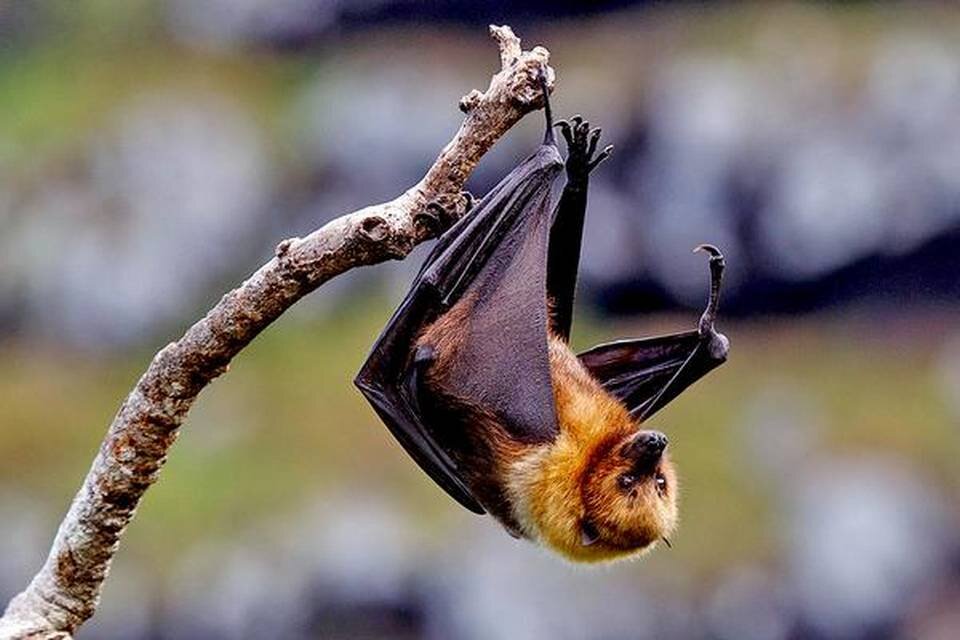Social Justice
Nipah virus and Fruit Bat
- 13 Jun 2019
- 2 min read
Fruit bats have been identified as carriers of the deadly Nipah virus in Kerala.
About Fruit Bat
- Fruit bats, as opposed to insectivorous bats, survive largely on a diet of fruit, which they locate with their sense of smell (insectivorous bats locate their prey through echolocation, i.e locating the source of the echoes of their own sound).
- Fruit bats belong to the Pteropodidae family; those in the Pteropus genus within this family are natural hosts for the Nipah virus.
- Fruit bats are widely found in South and Southeast Asia and are also known as flying foxes.
Nipah virus and Fruit bat connection
- The virus survives in the bat’s body without causing disease, allowing it to jump to susceptible mammals like humans or pigs when bats come in contact with them.
- The National Institute of Virology had found that the virus was first transmitted from fruit bats identified as Pteropus spp.
- In Bangladeshi outbreaks, researchers found antibodies to Nipah in the Indian flying fox.
Significance
- Identifying the source of the Nipah infection will help prevent future spread, as Nipah virus has a spillover effect i.e virus seems to have moved from bats to humans in one event and after this moved from one human to another.
Why are so many diseases linked to bats?
- All bats can carry viruses, some of them deadly like:
- Severe Acute Respiratory Syndrome (SARS) antibodies were found in insectivorous bats.
- Ebola antibodies were found in Hammer-headed fruit bat.
- Indian Flying Fox, hosts over 50 viruses
- With around 1,200 species, bats comprise 20% of the earth’s mammalian diversity.
- Long periods of flying raises the temperatures of bats, boosting their immune responses and helps them survive the microbes’ pathogenic effects.






